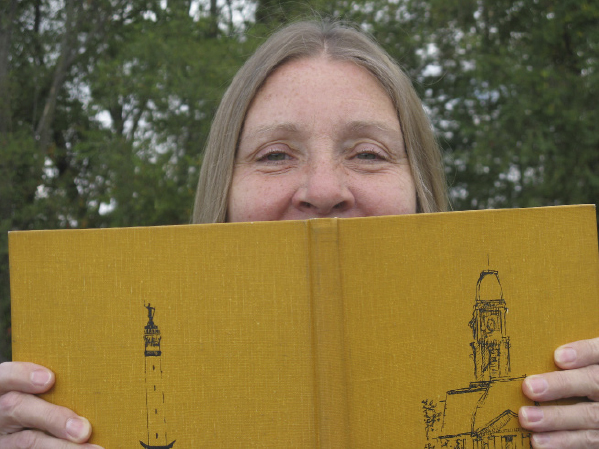Dear Santa, can you please bring me . . .

Okay, hands up everybody who’s ever written a letter to Santa Claus.
If your hand is waving in the air, you’re part of a tradition that dates back to the early 1870s.
What children in those days didn’t know, however, is that Santa never received that mail. Although some letters were forwarded to local charity groups, most ended up in the dead letter office.
That changed a few years later when boys and girls began mailing their letters to Santa in care of local newspapers and the newspapers began printing those requests. All Santa had to do was pick up a paper!
Letters to Santa appeared in the Noblesville Daily Ledger as early as 1913. There was a pause during World War I and a couple of years afterward while the country recovered from the war and the flu epidemic, but in 1921, letters to Santa Claus returned to the pages of the Ledger in the days leading up to Christmas.
Children’s wish lists of 100 years ago weren’t all that different from those of today. As you might expect, toys were the most requested items, for both boys and girls.
“Toot-toot trains,” kiddy cars, and pop guns were especially popular with boys, as were roller skates, basketballs, footballs and bicycles.
Marion Beaver requested a “punchen [sic] bag, a game to play in the house, a good book about scouts, cowboys or travelers.”
Joe Couden asked Santa to bring him a “boy scout drum in Indianapolis and while there if you want to leave anything else I will be glad.”
Girls leaned more toward traditional feminine presents like dolls and doll clothing, and toy stoves and dishes (although, curiously, some of the boys asked for dolls, too!)
A few of the girls requested practical items, such as a comb and brush or a sewing basket.
Two year-old Pansy Elizabeth Peacock’s list consisted of shirts, underskirts, stockings and “anything you think that I need.” (Somehow I suspect Mom helped with that letter.)
Nearly all the children wanted candy, nuts and oranges.
Yes, oranges.
When I was a kid, my mother made a point every Christmas of buying my father and me the biggest apple and orange she could find. I didn’t really understand that because, hey, if you wanted apples and oranges all you had to do was go to the grocery.
It wasn’t until years later that I learned that was a little bit of nostalgia for my dad. Mom said oranges had been a BIG Christmas treat in his family when he was growing up.
Apparently, that was true of many other families in the early 1900s.
Some youngsters writing in 1921 included their address so Santa wouldn’t miss their home. Not willing to take any chances, the Armstrong kids went a step further — “Three children in a little green house, on the left side of Strawboard Avenue, would like for you to stop there on your rounds, Saturday night.”
For the most part, the letters were well written, with only a few misspellings, such as the “teddy bare” Jack Lewis requested.
I was impressed that several letter-writers reminded Santa not to forget the town’s less fortunate children.
Perhaps the nicest of those letters came from Robert Zeis, who told Santa “I know that your [sic] are very busy at Christmas time. I know that you cannot give children very much. Because there are poor children that you wish to give more.”
Robert only requested one item — a football for his brother and himself.
He ended with, “I will help those people who are poor. I’ll give all I have to help one another.”
That’s not a bad sentiment to keep in mind, even today.
Merry Christmas!
Paula Dunn’s From Time to Thyme column appears on Wednesdays in The Times. Contact her at younggardenerfriend@gmail.com
